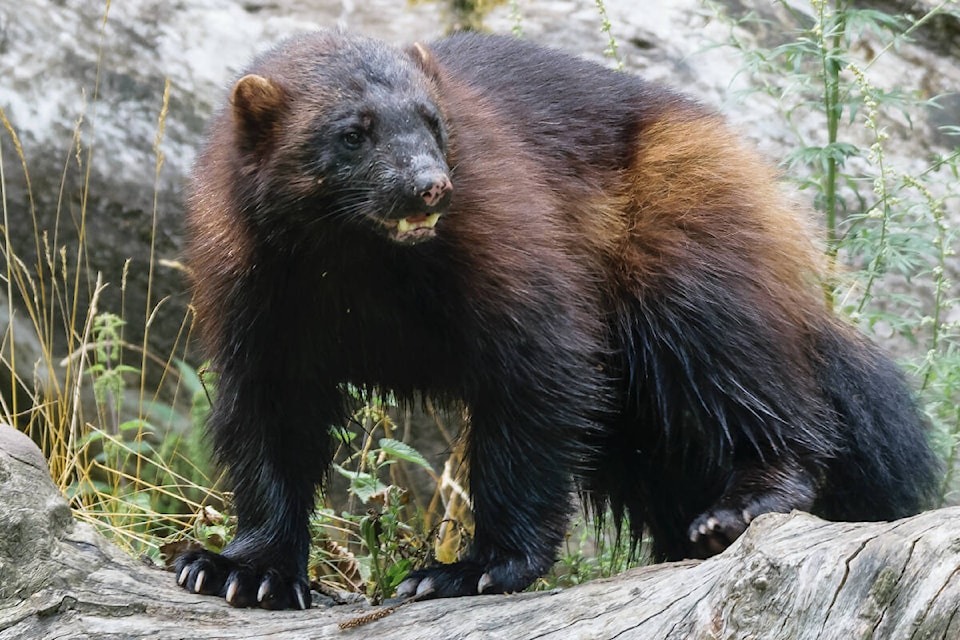Continued from last week.
Wolverines range across the Arctic, subarctic and boreal regions of Canada and Alaska. They are also found south of the boreal and particularly in the mountains of western North America.
In the past, they were found throughout western mountain ranges as far south as Colorado. Unfortunately, many wolverines were trapped and killed in the early days of European settlement partly because of their valuable pelts, but also because they were thought to be demons or devils.
Many early French explorers told tales of the ‘carcajous’ that followed their snowshoe tracks through the bush and plundered their food supplies in camps.
It is estimated that more than a third of the historical range in North America has been lost. Wolverines are very solitary and mysterious animals. A combination of resource extraction, recreation and widespread human settlement has meant the loss of wolverines in many parts of North America.
Where wolverines are still found in the mountains of western North America, they occur at higher elevations where there are persistent deep snow patches. The potential loss of these snow patches due to global warming and how it will impact wolverine populations is a great cause for concern.
There is a lot about wolverines and their needs that we do not know or understand. We know that they tend to be solitary and can have enormous home ranges – from at least 100 square kilometres for females and more than 1,500 square kilometres for males (as much as 3,500 square kilometres has even been recorded for males).
But we do not really understand why they need this much and why they avoid disturbances such as resource extraction by humans.
Bulkley Valley snowshoers and skiers have been seeing wolverine tracks on the snow consistently for years that suggest a den may be somewhere close.
This is in one area of the Babine Mountains above McKendrick Pass. Unfortunately, the forests below this area are due to be logged, the upper boundary of logging coming very close to where the tracks have been located.
Studying wolverines and their habits is costly because they occupy such large home ranges. One study done in northern Montana followed one male (called M3) equipped with a GPS collar as it climbed to the top of the 3,190-metre Mount Cleveland in Glacier National Park.
M3 did not climb the easy safe way but went straight up the shear south face which was almost vertical near the top ascending nearly 1,500 vertical metres in 90 minutes – all on snow and solid ice.
After walking along the ridge for a while, it dropped down the other side into Waterton Valley, over to B.C. and then back over to Montana – all in the depth of a February winter.
The researchers admit they do not know why M3 performed this amazing feat, but he did. Humans tried to replicate this and failed to complete the steep climb.
To learn more about the Montana wolverine study, I recommend The Wolverine Way by Douglas Chadwick, published by Patagonia Books, 2010.
